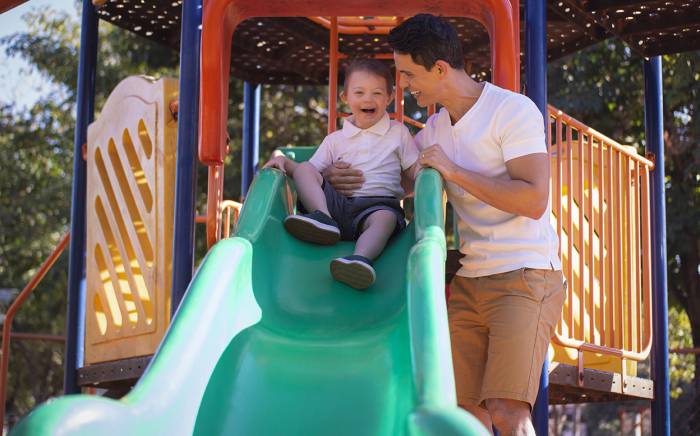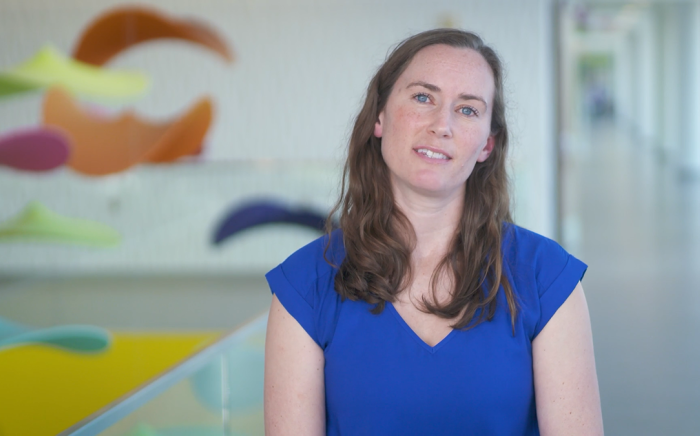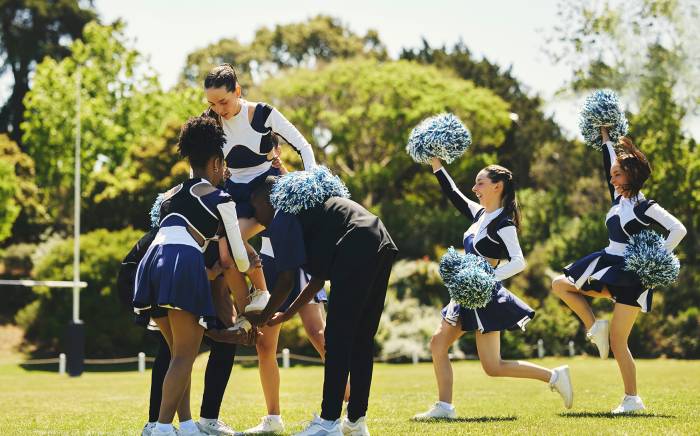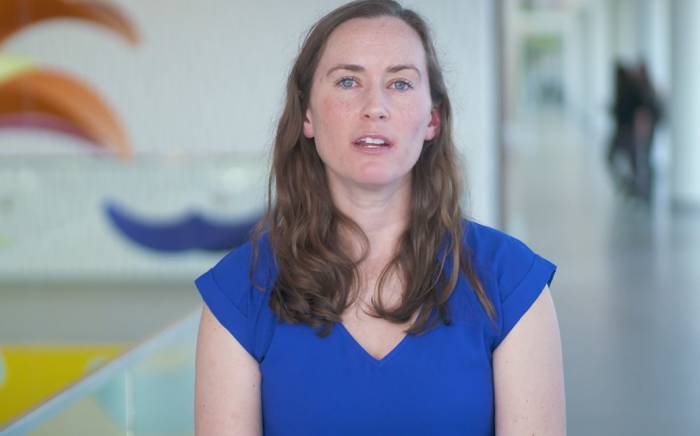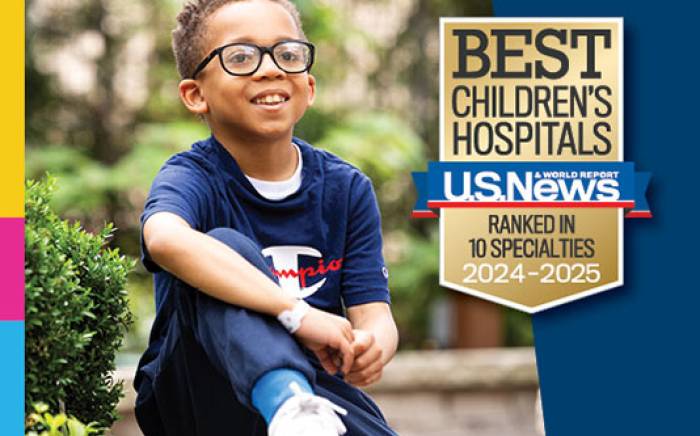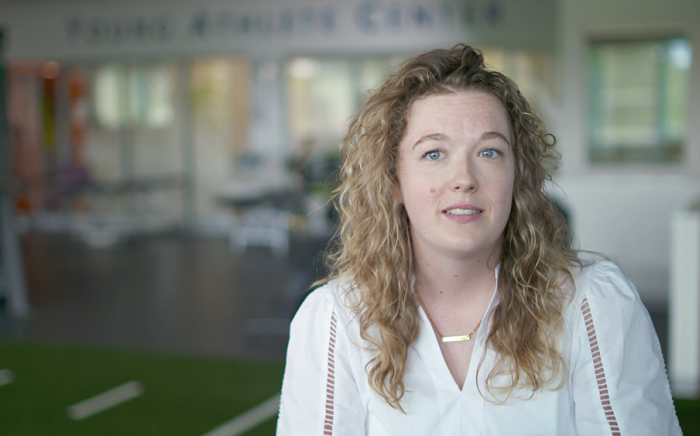 Layne Robinson, 16, is a talented left-handed pitcher and outfielder who plays for the Missouri Bulls, a baseball travel team out of Cape Girardeau, Mo.
Layne Robinson, 16, is a talented left-handed pitcher and outfielder who plays for the Missouri Bulls, a baseball travel team out of Cape Girardeau, Mo.
Note the use of present tense in that sentence. An ATV accident on Layne’s 15th birthday could easily have changed “is” to “was.”
“It was raining out, and we were on a slick road. On a turn, the ATV overturned, and that’s when my left hand got hurt,” says Layne. He knew it was a serious injury; upon calling his mom after the accident, he told her, “Everything I’ve worked for my whole entire life is gone.”
Layne was transported to St. Louis Children’s Hospital, where Washington University orthopedic surgeon Charles Goldfarb, MD, an expert in pediatric hand surgery, evaluated the damage to his hand.
“Layne’s three middle fingers—pointer, middle and ring—were crushed and beyond repair. His injury was very much like children I see who are born with a cleft hand. They have a thumb and pinky and not much in-between,” says Dr. Goldfarb.
Dr. Goldfarb removed Layne’s three middle fingers, treated the other bony injuries, and created a skin flap to cover the surgical site. Pins holding the reconstruction in place were removed after about six weeks, and Layne began physical therapy to strengthen his grip and increase motion. As his hand grew stronger, so did Layne’s determination to play baseball again. Within three months, he was back on the field.
“At first my hand was very sensitive, so I started off hitting everything lightly,” says Layne. “I began trying different angles with everything—throwing, hitting, and basically just learning how to work with my hand.”
His commitment to recovery paid off—Layne not only is back to playing baseball, he’s back on his team’s starting lineup.
 “To take a hand as traumatized as Layne’s was and perform surgery that maintains function, that’s always rewarding,” says Dr. Goldfarb. “But I don’t think most kids with this type of injury would be back on the baseball field. That is all Layne’s doing, and it’s a reminder for me as a physician of what patients can accomplish when they really set their mind to it.”
“To take a hand as traumatized as Layne’s was and perform surgery that maintains function, that’s always rewarding,” says Dr. Goldfarb. “But I don’t think most kids with this type of injury would be back on the baseball field. That is all Layne’s doing, and it’s a reminder for me as a physician of what patients can accomplish when they really set their mind to it.”
Layne and his family share his story on KSDK.

